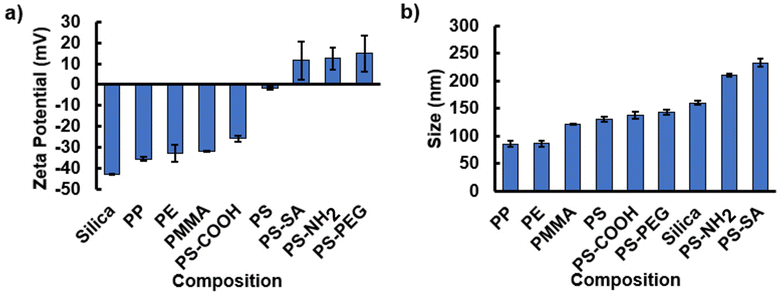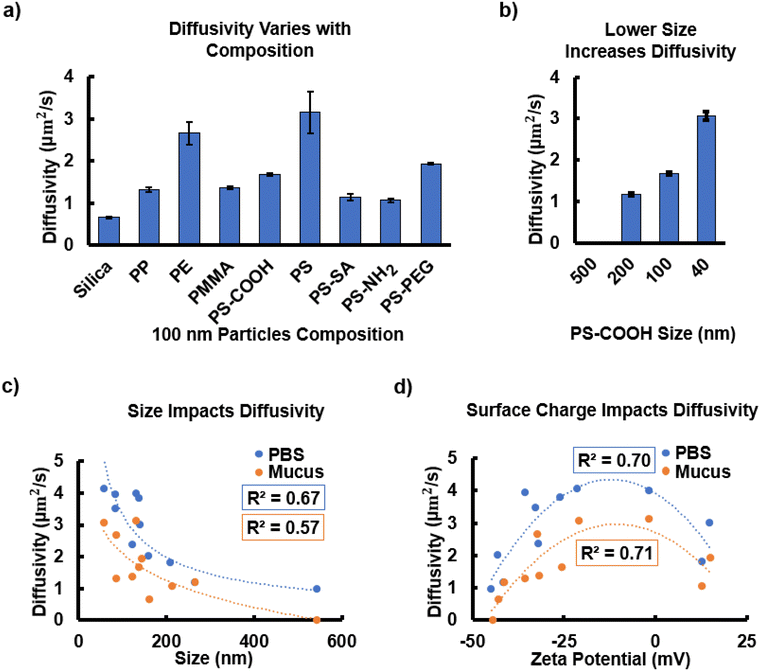A recent study published in Biomaterials Science sheds light on the crucial role of human intestinal mucus in mitigating the harmful effects of microplastics. This innovative research, which investigates how mucus protects against microplastic uptake and cell damage, utilized high-quality, functionalized microparticles provided by Abvigen.
The study investigates how different types of microplastics (MPs), varying in composition, including Silica, PP, PE, PMMS, and polystyrene particles with various modification, and size (40ĘC500 nm), move through human intestinal mucus. It also examines how this mucus layer protects cells from the harmful effects of MPs, including uptake, toxicity, and inflammation. Furthermore, the research explores how intestinal mucus prevents the migration of other environmental toxins carried by MP particles.
While the study's focus is on the protective properties of mucus, the selection of reliable and well-characterized particles is essential for generating accurate and meaningful results. Abvigen's commitment to providing researchers with top-tier materials is underscored by its contribution to this important scientific endeavor. The study's findings highlight the critical role of gut mucus in preventing cytotoxicity from microplastics of various compositions, particularly at sizes approaching or above the mucus mesh size. This has significant implications for understanding the bioaccumulation and health effects of microplastics, as well as for drug delivery applications.

Fig. 1 (a) Zeta potential and (b) size distribution for MPs with various compositions tested in this study.

Fig. 2 Surface charge and particle size are key factors affecting particle migration.

Fig. 4 The mucus layer protects cells from MP exposure-induced damage. (a) Cytotoxicity is measured for cells treated with MPs with different compositions, ordered by increasing zeta potential, and (b) sizes. (c) Reactive oxygen species fold change increases for MPs with different compositions and (d) sizes when the mucus layer is removed. Particles are listed in the order of increasing zeta potential.
Reference: Biomater Sci. 2025 Feb 11;13(4):1010-1020. doi: 10.1039/d4bm01574f.
